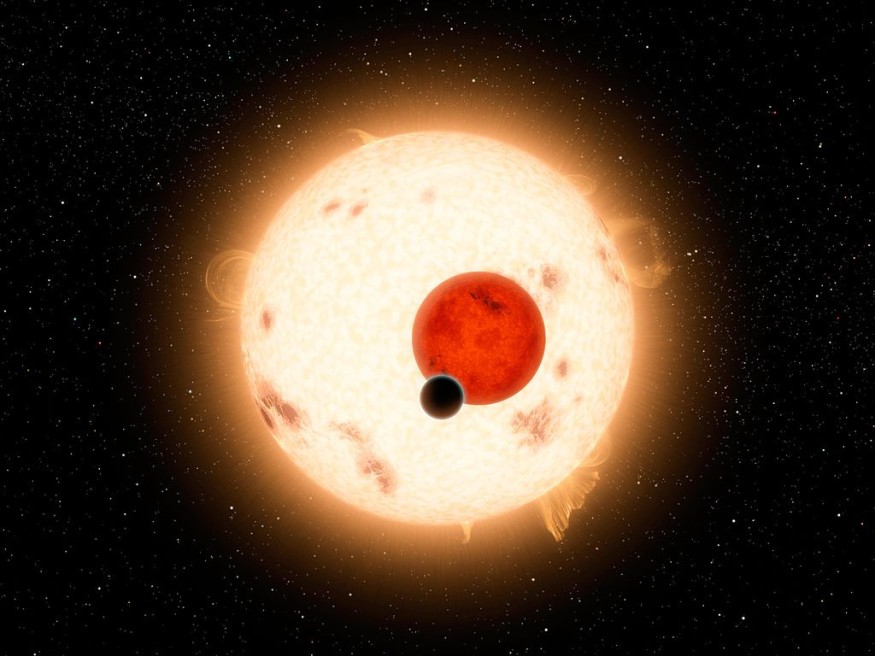Tatooine is a fictional desert planet in the Star Wars franchise. This planet is said to orbit two suns in the galaxy's Outer Rim and was Luke skywalker's planet home. Although Tatooine is only fiction, astronomers have identified planets orbiting two suns or circumbinary planets.
A recent study from the Ohio State University showed that a new technique could confirm the existence of circumbinary planets, such as the Kepler-16b that was discovered in 2011. This is the first time that the international team of astronomers successfully applied a technique that had not been previously used to observe this kind of planet.

Discovering Circumbinary Planets
In 1977, the first Star Wars movie was released, which features the iconic circumbinary planet Tatooine. At that time, astronomers could not confirm whether planets were orbiting in two stars, not until the 1990s.
According to NASA, the first actual circumbinary planet astronomers discovered was detected in 2005. It was a Jupiter-sized planet that orbits a solar system composed of a sun-like star and a brown dwarf star. A few years later, they discovered the Kepler-16b, almost the same size as Jupiter.
Then in January 2020, researchers working with data from the Transiting Exoplanet Survey Satellite (TESS) discovered TOI 1338 b. This planet is 6.9 times Earth's size and lies in a star system that is 1,300 light-years away in the constellation Pictor.
One of its stars is 10% more massive than the Sun in the Solar System, while the other is notably cooler, dimmer, and only one-third the mass of the Syn. The planet also transits at an irregular rate, completing one revolution every 93 or 95 days, depending on the depth and duration of the orbital motion of its stars.
ALSO READ : 'Mini-Neptune' Exoplanets With Puffy Atmospheres are Transforming Into Super-Earths; How Is This Possible?
Confirming and Observing Circumbinary Planets
In the past, circumbinary planets were identified using a technique called the transit method that monitors one star passing in front of the other. Astronomers have already identified 14 circumbinary planets using this technique, such as the Kepler-16b that they have been monitoring since 2016.
But in the study, titled "Bebop III. Observations and an Independent Mass Measurement of Kepler-16 (AB) b - The First Circumbinary Planet Detected With Radial Velocities" published in the Monthly Notices of the Royal Astronomical Society, researchers introduced the radial velocity method that has been long used in astronomy but is the first time to be used to observe such planets.
According to OSU's news release, this technique involves analyzing the spectra of light that the stars produce. Astronomers gather this data through ground-based telescopes, like France's Observatoire de Haute Provence. Then it graphs the spectra into a line that wobbles as the planet orbits the two suns and produces a shaky line in the light spectra.
The wobbles indicate that the circumbinary planet indeed exists. More so, astronomers could use it to gain new insights about the planet, such as its mass.
Astronomers added that they had made a survey of systems with two stars where one is big and small. This survey is known as Binaries Escorted by Orbiting Planets (BEBOP), which specifically search for this type of planet. In Kepler-16b's case, the stars are about two-thirds of the Solar System's Sun, while the other is only 20% of its mass.
This proves that the new technique can identify circumbinary planets and open new doors for them to be applied in a broader field to help search for life on life.
RELATED ARTICLE: James Webb Space Telescope Mission: Find 'Super Earth' Exoplanets, Hot Rocky Planets That May Host Life
Check out more news and information on Exoplanets in Science Times.












